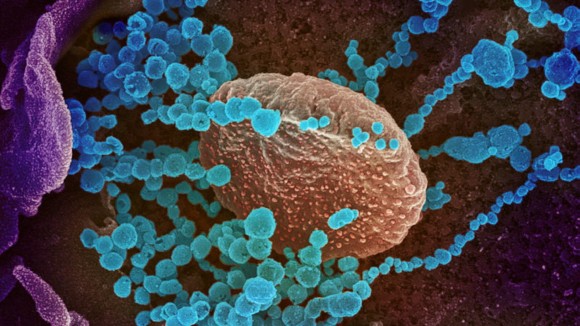This Collection will publish original research Articles, but other content types (e.g. Reviews, Comments, etc.) can be considered by discussing with the editors - full details on content types can be found here. Accepted papers will be published in Communications Physics on a rolling basis and listed on the Collection homepage.
Contribution to the collection is by invitation only. However, authors who have an interest in contributing to the collection are welcome to enquire about their paper with the editors prior to submission, on the condition that the manuscript falls within the scope of the Collection, and of Communications Physics more generally. See our editorial process page for more details.
All submissions are subject to the same peer review process and editorial standards as regular Communications Physics articles, including the journal’s policy on competing interests. The Guest Editor(s), in collaborations with the editorial team, will have oversight of the peer review process of all the papers in the collection for which no competing interests apply. The Guest Editor(s) are not involved in the editorial review of, or the decision to publish any submission for which they have competing interests. These submissions are handled by another member of the editorial team or the Editorial Board who has no competing interests. See our Collections guidelines for more details.
This Collection is not supported by sponsorship.

